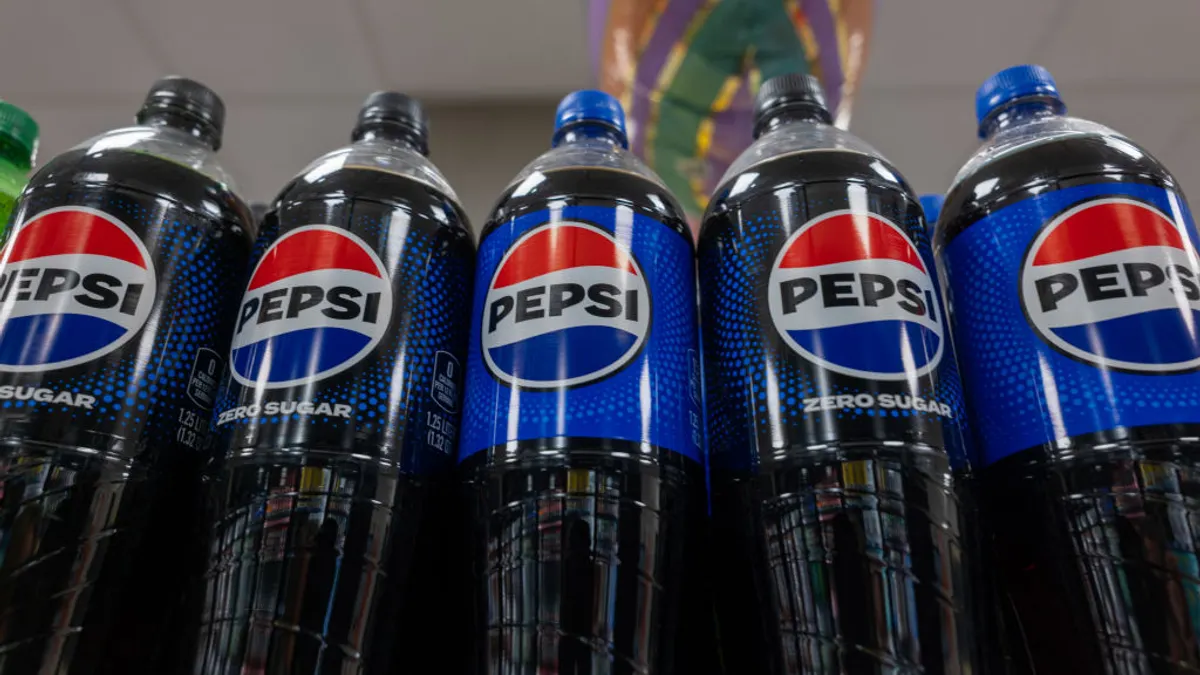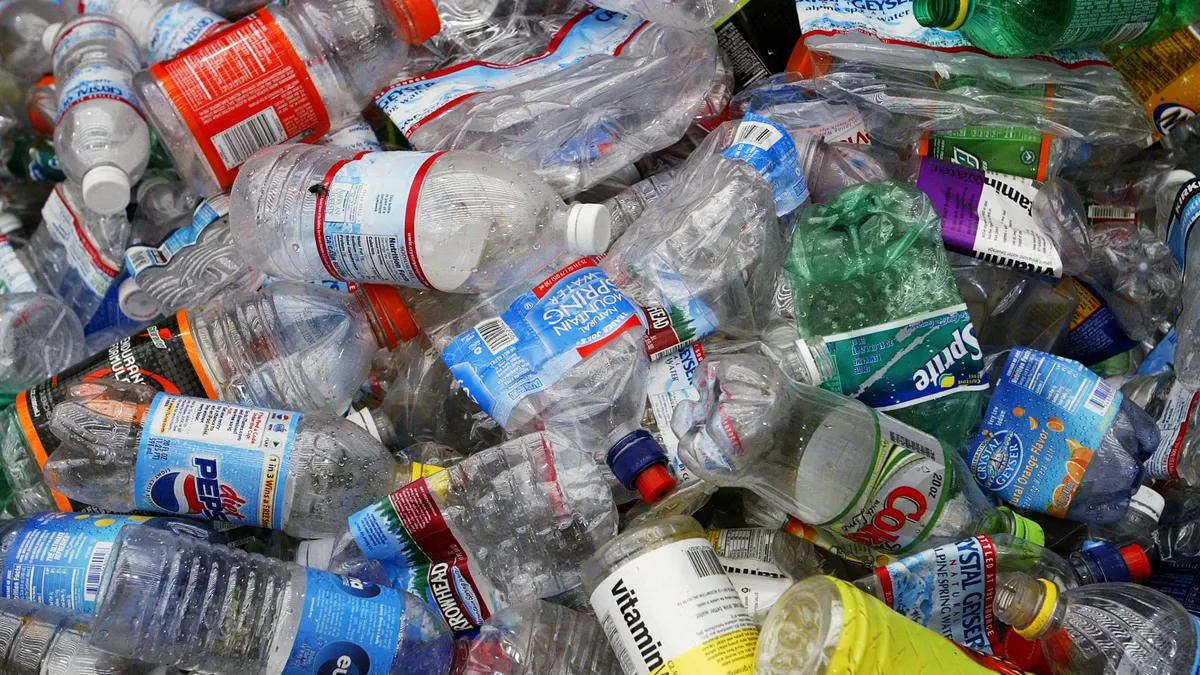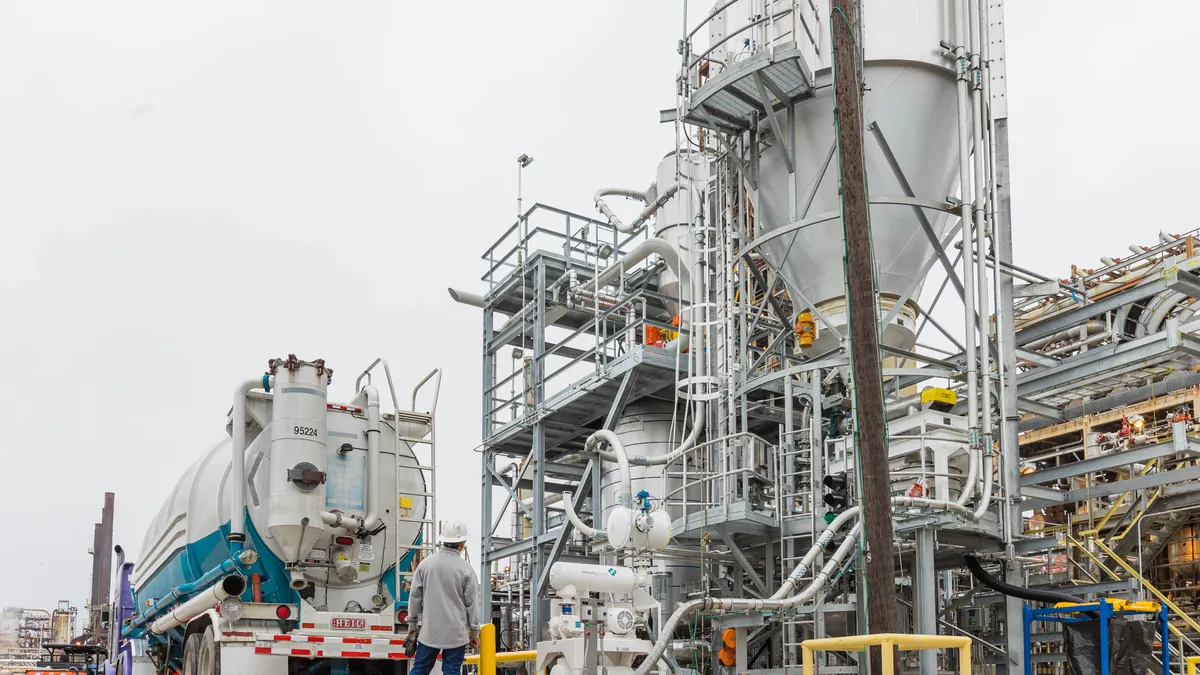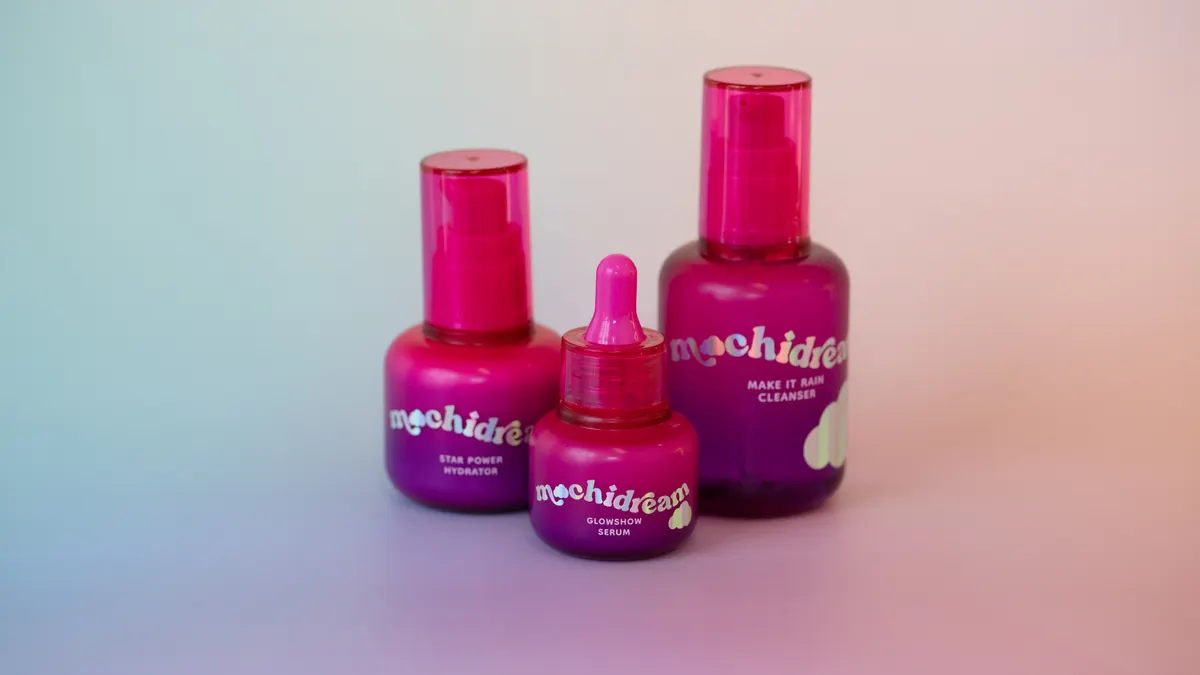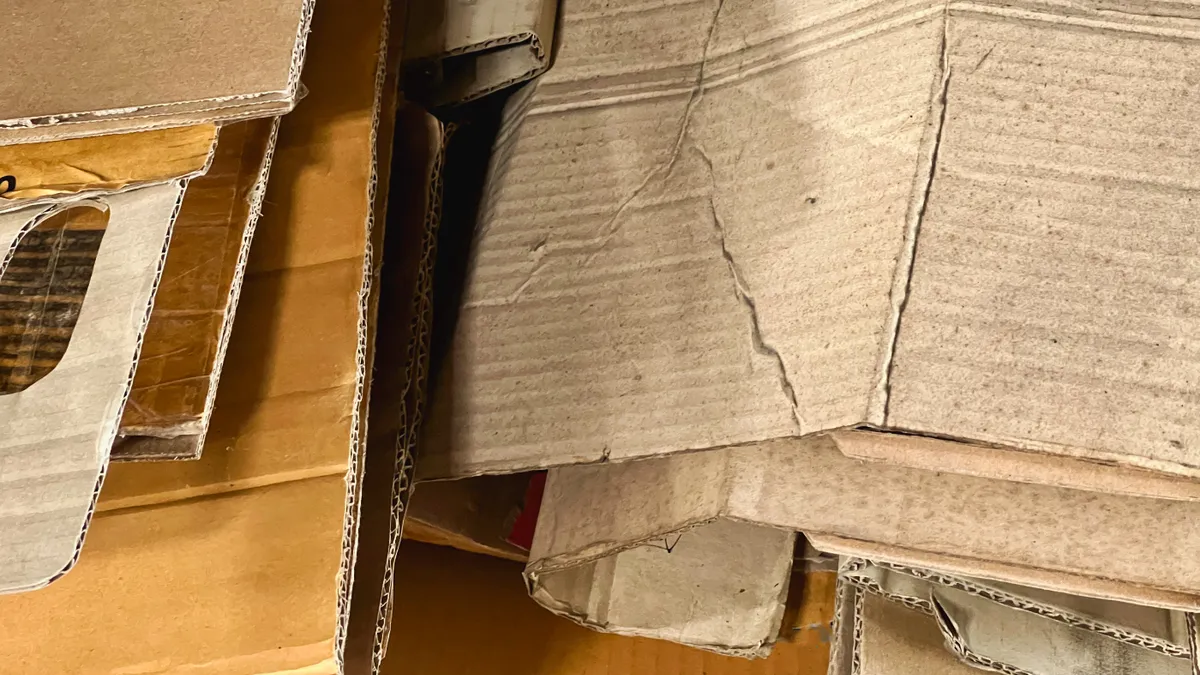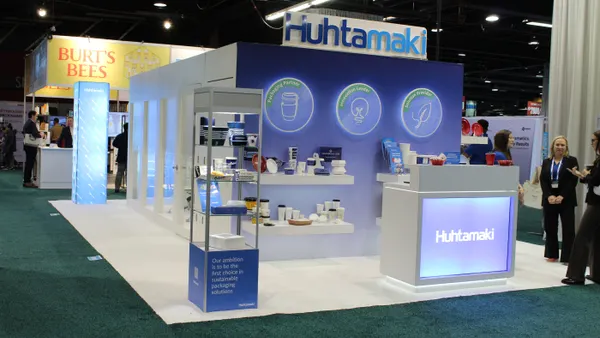The first six months of 2025 ushered in 71 private equity deals for containers and packaging, according to data tracked by PitchBook and shared with Packaging Dive. But second-half expectations are a bit murky due to recent economic uncertainty driven by tariffs and other factors, analysts say.
How PE deal activity is trending in packaging
In 2025, there’s been much more “add-on activity” than “new platform activity,” said Cael Pulitzer, managing director who leads the packaging investment banking practice at Brown Gibbons Lang & Co. And where new platform activity has occurred, it’s involved longer-held assets or assets that have been insulated from some of the macro-factors impacting packaging sector performance.
In Pulitzer’s observation, a significant chunk of PE-held assets in the packaging market have been held for over five years, according to Pulitzer. Since 2020, performance in the packaging market has been “turbulent,” he said, noting a ramp-up in earnings during the COVID-19 pandemic, followed by declines the last couple years amid pressures like destocking, tariffs and the interest rate environment.
“There's been a number of private equity-held businesses that have sort of weathered that storm, and I think are just sort of eager and waiting to be sold at the right time,” Pulitzer said. While many in the industry were hoping for a more robust packaging M&A market in 2025, the tariff environment has likely delayed some activity, he said.
For M&A, “if you have a business that's performing extremely well, that's insulated from tariffs, that has a lot of sustainable growth in the future, and you have sort of three or four quarters of strong performance — I think that it is a market where you can achieve a really strong outcome,” Pulitzer said, citing availability of PE and private debt capital to deploy. Conversely, “there's very few companies that [have been performing] at a level where they're ready to go to market,” he said.
Tom Wouters, partner at consulting firm Bain & Co., said PE deal activity in packaging in 2025 “doesn't feel very different from last year.” However, in recent months investors have likely had some hesitation as they try to understand potential tariff impacts, especially given packaging-specific concerns, like considering raw materials sourcing across borders. Niches like protective packaging that may be tied to more industrial demand could also be more vulnerable than those tied to consumer demand, Wouters noted.
PE deals that closed in the first half of 2025 would have largely been based on legwork from 2024. “A lot of the work and the legal stuff would have been out of the way by Q2 of 2025,” Wouters said. But looking ahead, “I do think we could see a bit of a slowdown in closed deals in the back half of the year.”
PE activity is more volatile than the broader M&A market because the timing of buying and selling matters more, Wouters noted. “Private equity companies obviously want to exit companies at high multiple, high earning levels, and if the year just remains soft and there's more uncertainty, it might just lower the number of investors that are looking to exit right now,” he said.
What could shift PE trends in packaging? “A return to some macroeconomic stability and certainty,” possibly through closing trade deals and stabilizing consumer confidence, would help, Wouters said.
“One of the things that makes packaging very attractive for PE investors is the fact that it's mostly driven by consumer end markets that tend to be very resilient, right? They're low growth, but they're stable through cycles,” Wouters said. That's not the case other more volatile industrial or manufacturing sectors, he said.
PE loves fragmented markets, and going forward, packaging sectors to watch include labels, folding cartons and contract packaging, Pulitzer said. Wouters also noted there’s still plenty of fragmentation within rigid plastics, flexibles and some fiber spaces as well.
Divestitures of non-core assets following recent megadeals in the industry could also drive some upcoming PE deals. “We've seen a few carve-outs happen already,” he said. “I think more carve-outs are likely to happen because of those megamergers.”
Given investors’ desire to wrap deals by year’s end when possible, “we might still see, relative to the rest of 2025, the spike in Q4. But it may be lower than the spike you saw last year” due to tariff uncertainty and softness in demand, he said.



